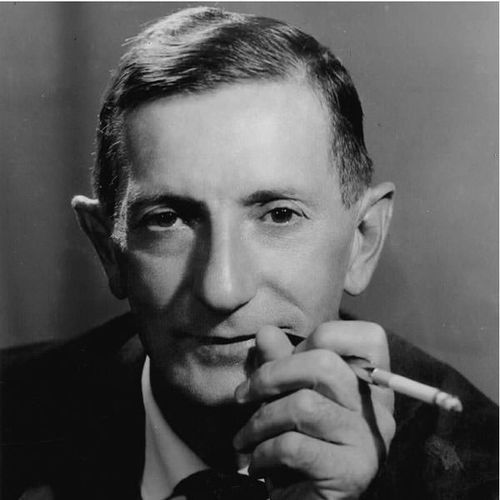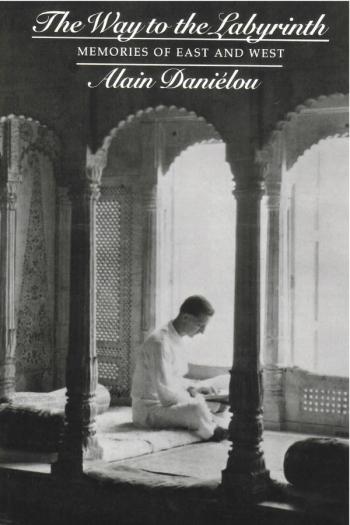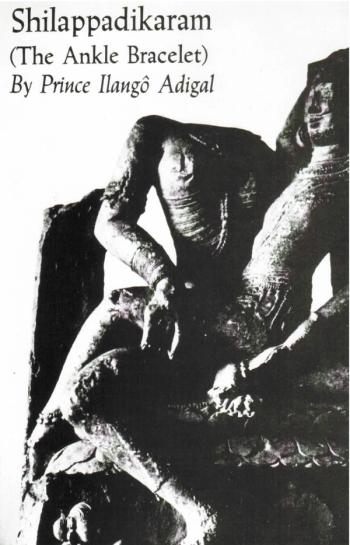Alain Danielou
Alain Danielou (1907-1994) came from a family well-known in the world of art and politics. From his youth, he was interested in philosophy and serious music. Later on, attracted in the course of travel on musicological studies by the civilization of India, he lived for twenty years in Benares, observing in his own life the rules and customs of the most orthodox Hindu society which had not, up till then, made any concession to the customs of the modern world. He was able to study philosophy and the books of traditional law. Later on, he had an academic career in India which took him first to teach as a professor at the University of Benares, then to direct the Center of Research and Bibliography at the Adyar Institute in Madras, and finally in 1956, he was named to the French Institute of Indology at Pondicherry. In 1959, he was recalled to the Ecole Française d’Extreme Orient in Paris, and from 1960, was advisor to the International Music Council at UNESCO, and director of the Institute for International Musical Studies in Berlin.



